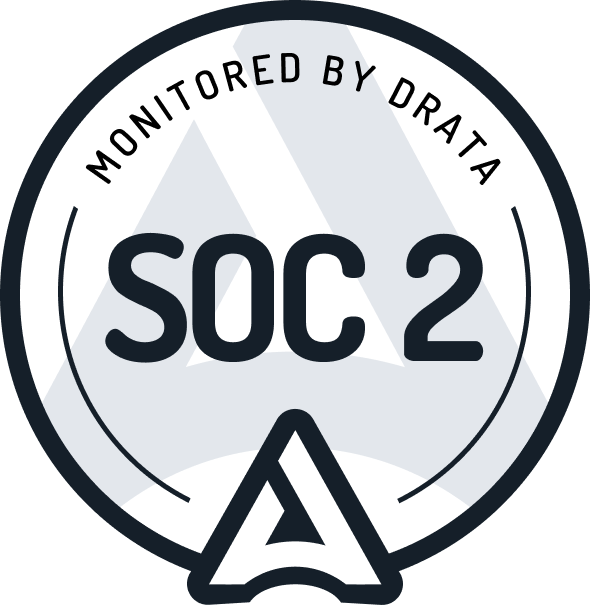Employee Resource Groups (ERGs) are voluntary, employee-led groups whose aim is to create community in the workplace.
They are a way for employees who share an underrepresented identity, whether it’s gender, ethnicity, race, status (caregivers), sexuality, or religious affiliation, to gather, share experiences, and further their sense of belonging at an organizational level.
Historically, there are three stages of employee gathering:
- Affinity Group - private, community-only groups with no formal structure.
- Employee Resource Group - semi-private community and ally groups with some formal structure. An ERG may have leads or chairs, for example.
- Business Resource Group - structured community and ally groups aligned to business goals. A BRG has leads with terms and support from an executive DEI board made up of cross-functional business leaders.
The type of structure you need in your organization varies depending on multiple factors, but the most common are: the number of employees, level of executive support, and grassroots energy.
How to launch an Employee Resource Group
ERGs remain a popular DEI initiative–90% of Fortune 500 companies have ERGs (McKinsey). If you have a group of employees who want to form ERGs, bandwidth, and executive support, here’s a high-level checklist to set you up for success.
Our biggest tip: create structure before you need it.
Employee Resource Group Check List
Internal Communication Guidelines
- Create guidelines for Slack groups. This should be ERG-agnostic and helps to answer: how do we communicate digitally? What is okay and what isn’t? Do we allow private channels? What are the rules of engagement for respecting others?
- Create guidelines for escalating concerns. How will an ERG escalate a concern or opportunity for the company to improve? How will the company respond? Have a playbook before you need it.
Mission Alignment & Purpose
- Connect your overarching ERG purpose back to your company’s mission. It helps to answer: why do ERGs exist at my company?
- Have each ERG create a proposal document for the group. What is the purpose of the group and how does it align with the ERG and company mission?
Talent Brand Advocacy
- Incorporate ERGs in your All Company meetings. Share updates about the work they’re doing or highlight their stories (with permission).
- Incorporate ERGs in your company onboarding. Make sure new hires know about your employee advocacy groups!
- Highlight ERGs on your career page and LinkedIn presence.
Ongoing Support & Development
- Create guidelines for how you will support ERGs. How frequently will you meet with ERG leaders? Be realistic about your bandwidth and set expectations to check in frequently. The more momentum ERGs gain, the more support they need to be successful. A failure point for many ERG programs is not having the internal support required.
- Budget to pay ERG leads (In 2022, 42% of ERG leads were compensated at an average of $2,000/year according to The Rise Journey)
- Create an executive sponsor structure to pair each ERG lead with a business leader. This person doesn’t have to share the same identity but should advocate for and sponsor the lead.
What happens when you get pushback?
Pushback on DEI initiatives has an impact on the safety and well-being of ERG members. We’re unfortunately seeing this more with the rise in popularity of identity politicking in the US. The arguments for divesting in ERGs may sound like:
- We need to focus on revenue-driving initiatives
- ERGs are distracting to the core work we’re doing
- We don’t want to be exclusionary
- I’m uncomfortable with asking for free labor (this is an ally in disguise – the solution is to pay your ERG leads, or help move the ERG to an affinity group until the organization is ready to support them)
These are real concerns that executives have, which is why tracking the impact of your DEI initiatives remains more important than ever. We have resources that can help (check out our ROI worksheet and conversation with James Kinney), or you can always reach out to book a call with our DEI strategists.
When you get pushback, try this:
- Pause: try to hear the underlying concern in the pushback. Is it a business concern, or is there a gap in understanding?
- Evaluate: do I have the resources I need to make a case for this initiative and influence a different outcome?
- Respond: you may need to adjust your ERG strategy to best support your employees and ensure they have the air cover to be safe and productive in their jobs.
.png)














